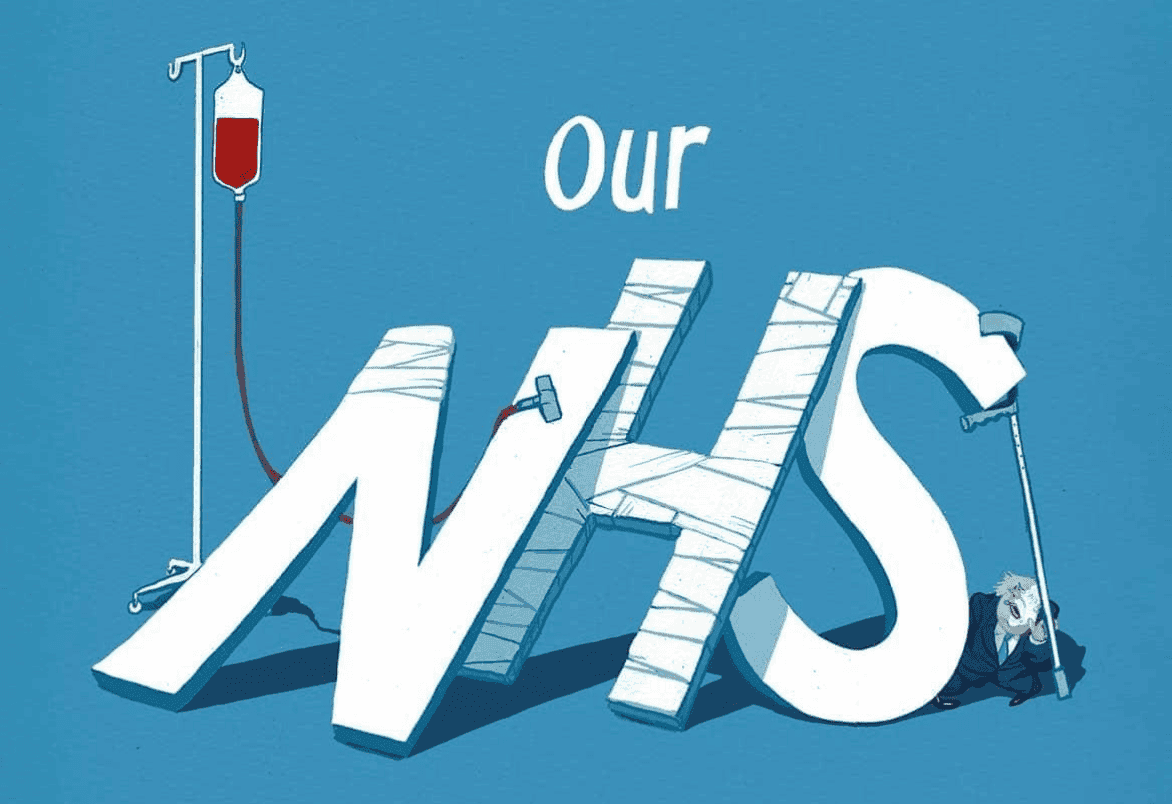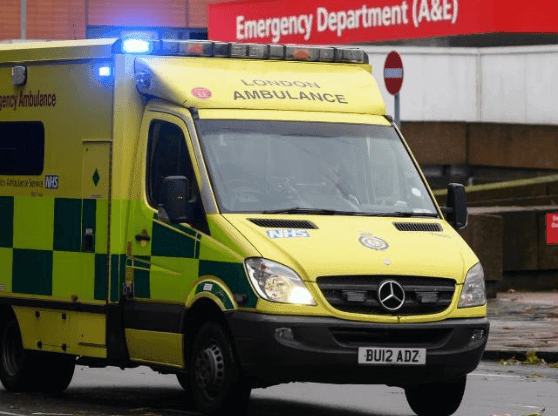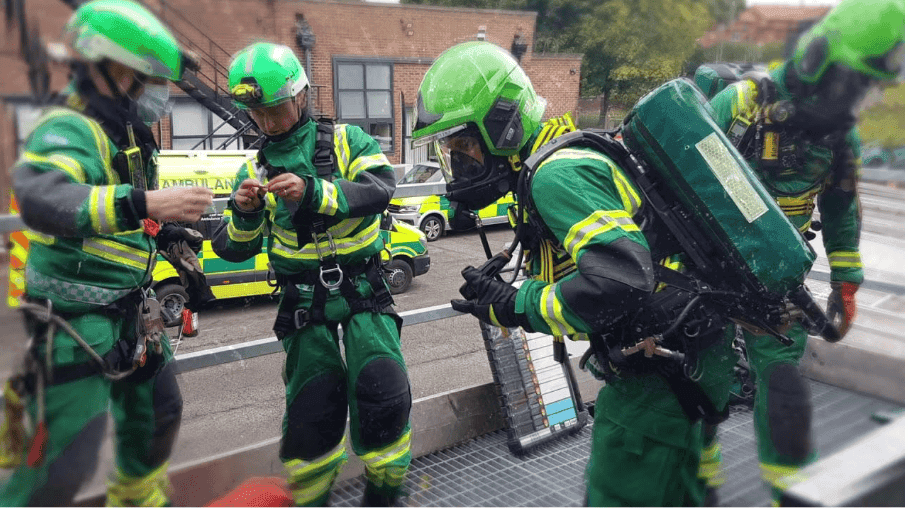Technology Reakt360 blog
General communications
Business continuity
Emergency response services
Maritime
Military
Go back
Poor communication Leading to delays in the NHS: A growing concern

In recent years, the National Health Service (NHS) has faced numerous challenges, with poor communication emerging as a significant factor contributing to delays in patient care. From ambulance services to interdepartmental coordination within hospitals, remote teams, and doctor-patient interactions, communication breakdowns are causing widespread inefficiencies and impacting patient outcomes.
01
Ambulance delays
One of the most critical areas affected by poor communication is the ambulance service. Reports have highlighted instances where patients have waited for hours before receiving emergency care. For example, a coroner's report revealed that a 79-year-old woman died after waiting 10 hours for an ambulance.

One of the most critical areas affected by poor communication is the ambulance service. Reports have highlighted instances where patients have waited for hours before receiving emergency care. For example, a coroner's report revealed that a 79-year-old woman died after waiting 10 hours for an ambulance.
02
Interdepartmental communication in hospitals
Effective communication between hospital departments is crucial for seamless patient care. However, poor interdepartmental communication can lead to increased errors, decreased patient satisfaction, and potential risks to patient safety.
Hospitals are complex systems with multiple stakeholders involved in patient care, making clear and timely communication essential. Strategies to improve interdepartmental communication include implementing advanced communication tools, fostering a collaborative culture, and standardizing communication protocols.
03
Remote teams
The rise of remote work has brought new challenges to the NHS, particularly in terms of communication. Remote teams often face issues such as miscommunication, lack of non-verbal cues, and time zone differences.

These challenges can lead to delays in decision-making and project completion, ultimately affecting patient care. To overcome these hurdles, it is essential to develop clear communication channels and protocols, foster a culture of open communication, and utilize advanced communication tools.
04
Doctor-patient communication
Effective communication between doctors and patients is fundamental to providing high-quality care. However, barriers such as medical jargon, language differences, and time constraints can hinder effective communication.
Poor doctor-patient communication can lead to misunderstandings, decreased patient satisfaction, and worse health outcomes. To address these challenges, healthcare providers must prioritize clear, empathetic communication and ensure that patients fully understand their diagnosis and treatment options.
05
Conclusion
Poor communication within the NHS is a multifaceted issue that affects various aspects of patient care.
From ambulance services to interdepartmental coordination, remote teams, and doctor-patient interactions, addressing these communication challenges is essential to improving patient outcomes and ensuring the efficiency of the NHS. By implementing effective communication strategies and fostering a culture of collaboration, the NHS can work towards reducing delays and providing better care for all patients.
Coroner warns of too few ambulance crews and 'excessive' A&E delays after OAP's death
Coroner demands change after pensioner died following 10-hour ambulance wait
Reducing hospital handover delays - NHS England
Enhancing Interdepartmental Communication in Healthcare With Lean
Importance of Communication in Hospital Management - Exeed College
Communication Issues in Remote Teams and How To Solve Them
Virtual Teams & Remote Communications: Challenges & Best Practices - Forbes
7 Barriers to Effective Communication in Healthcare
Do’s and don’ts for effective patient-physician communication